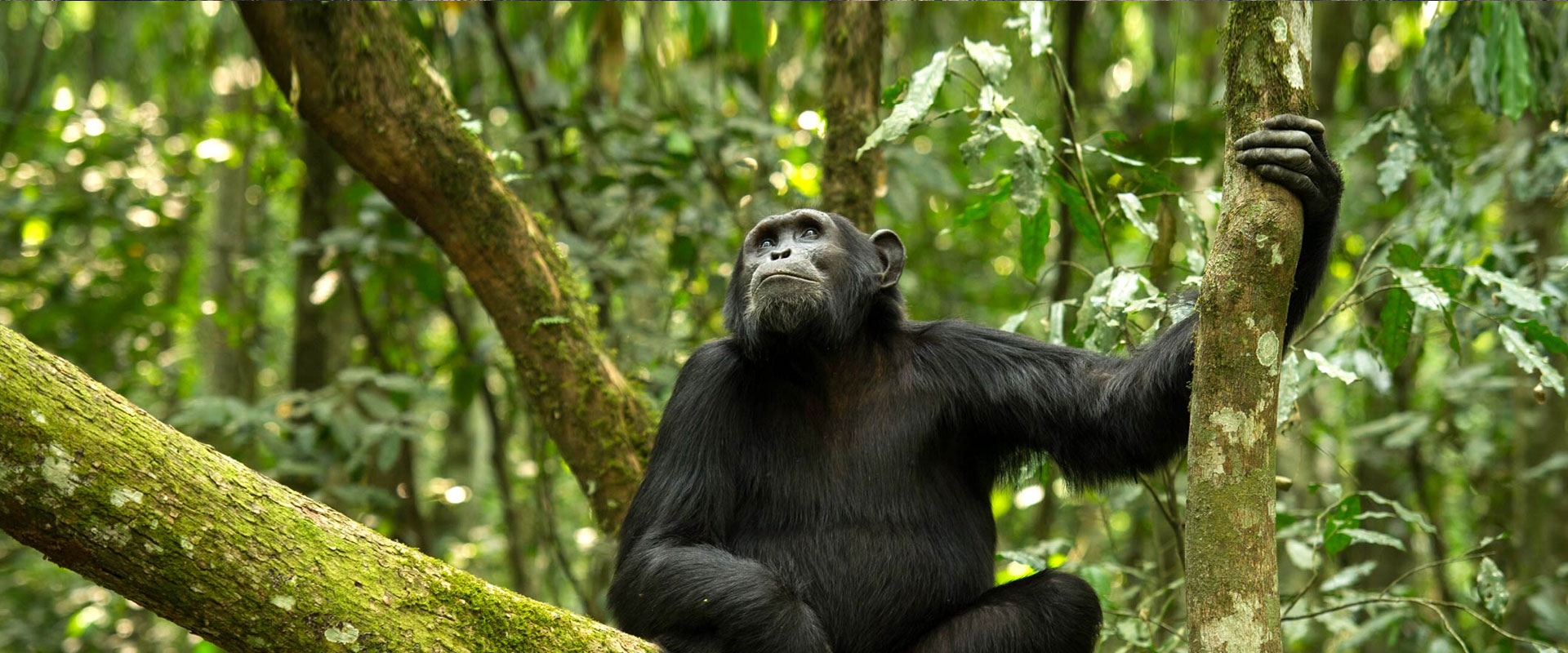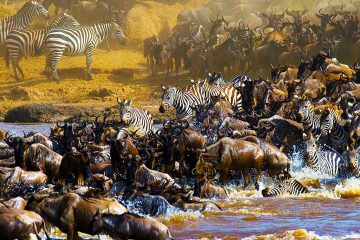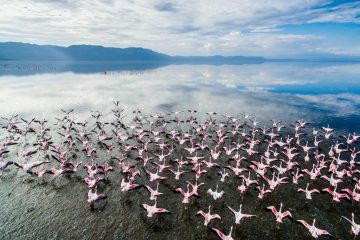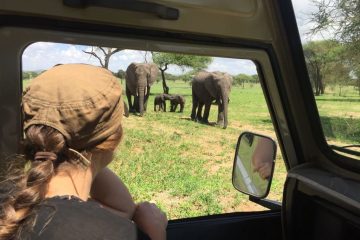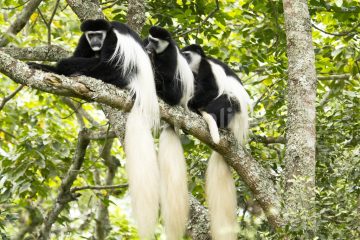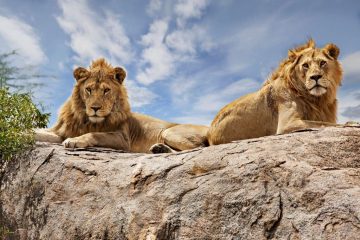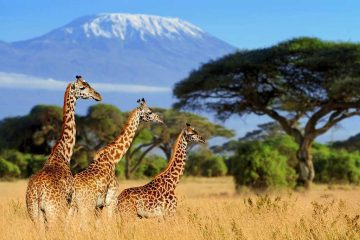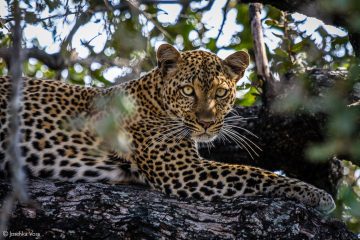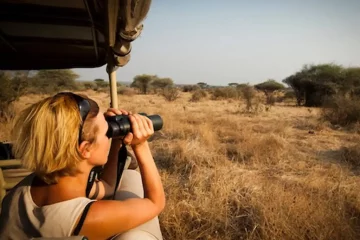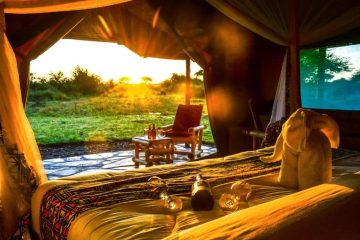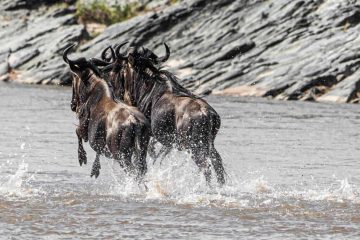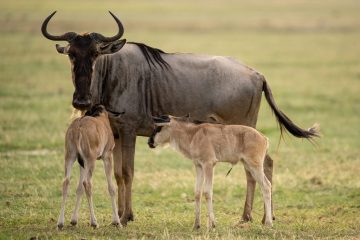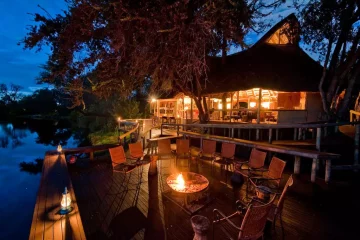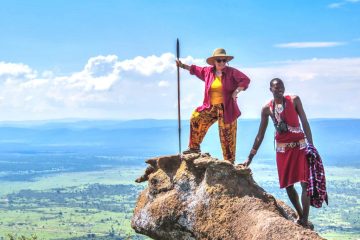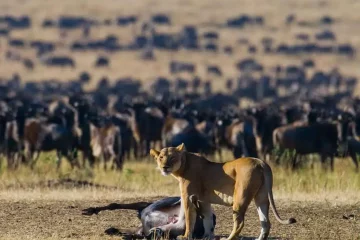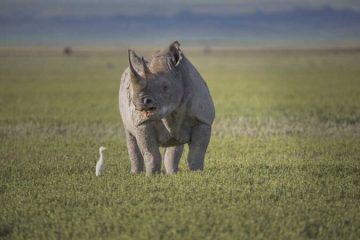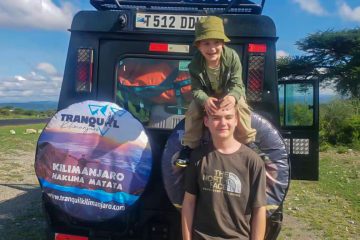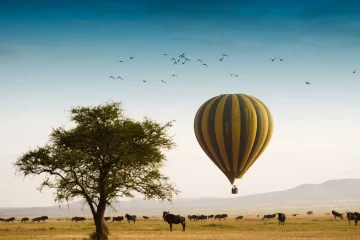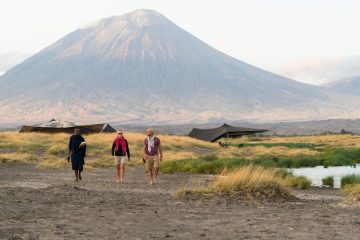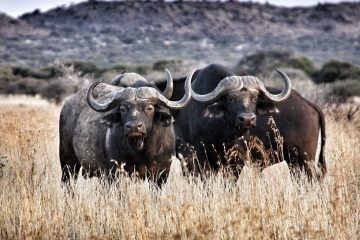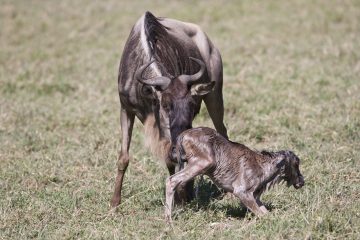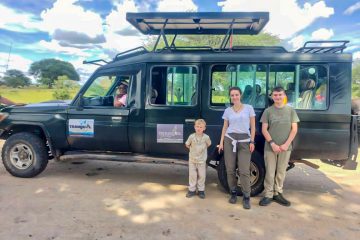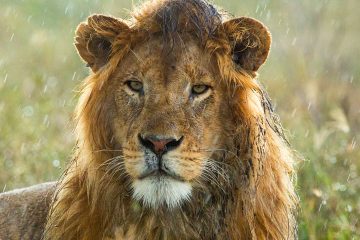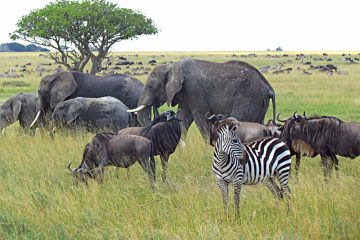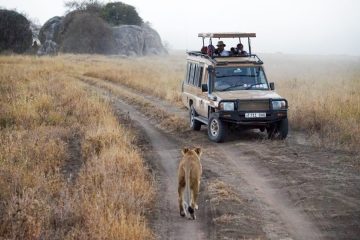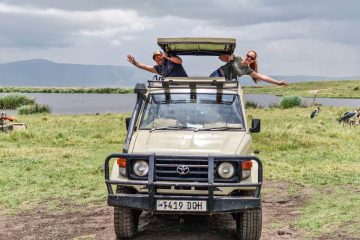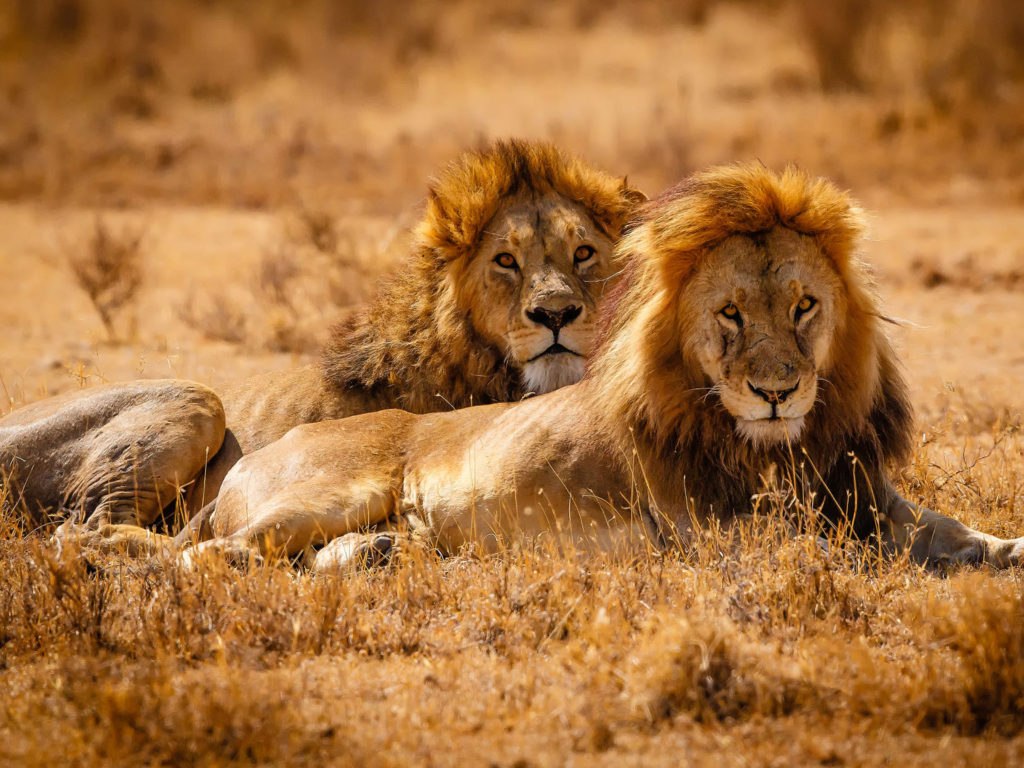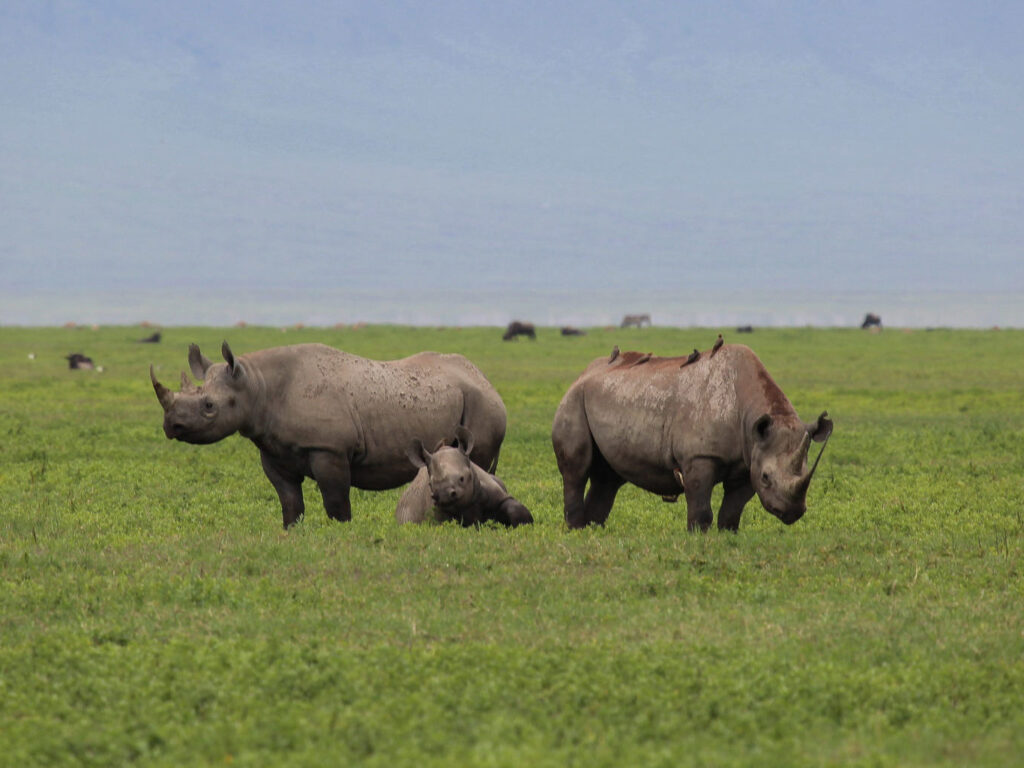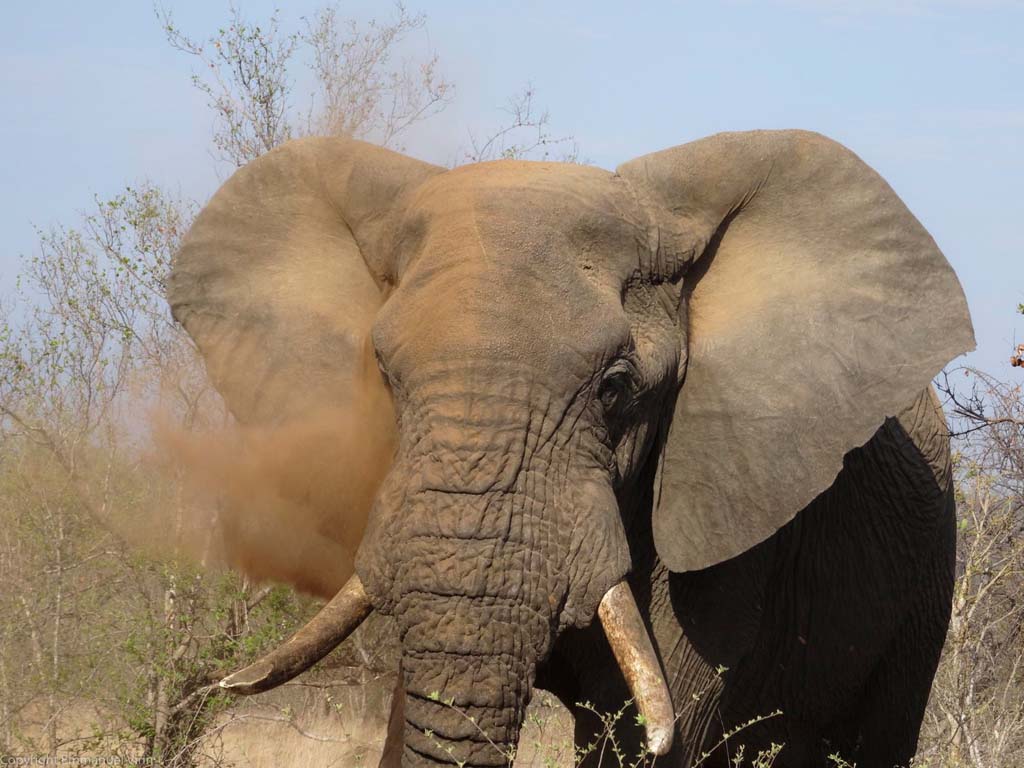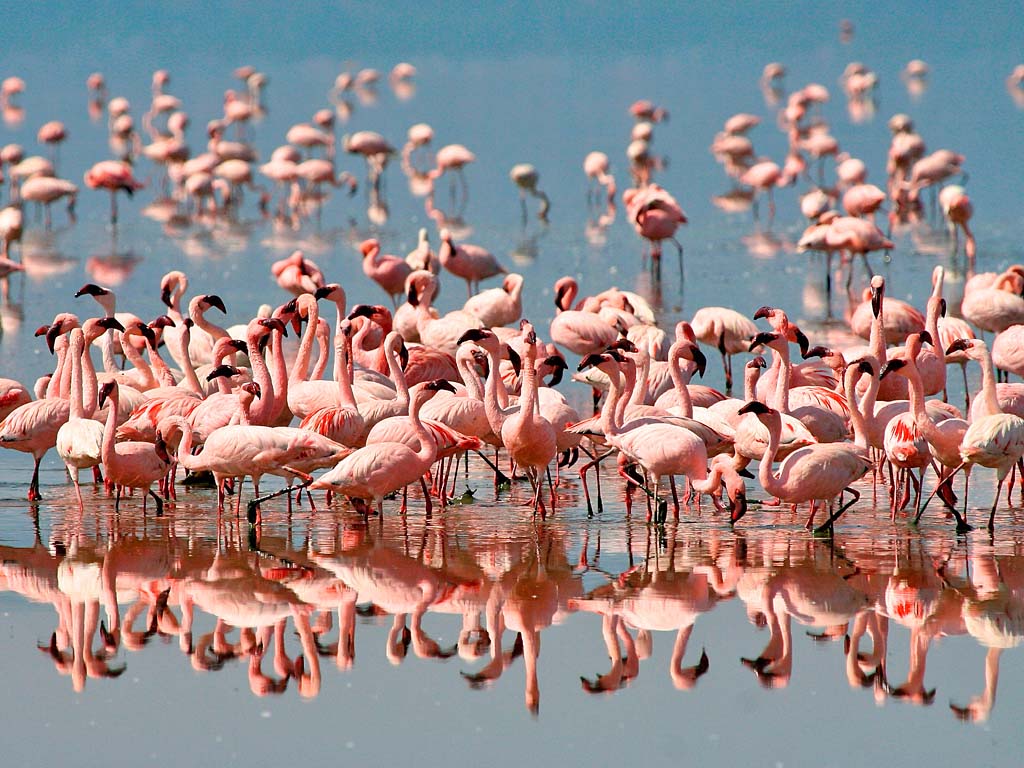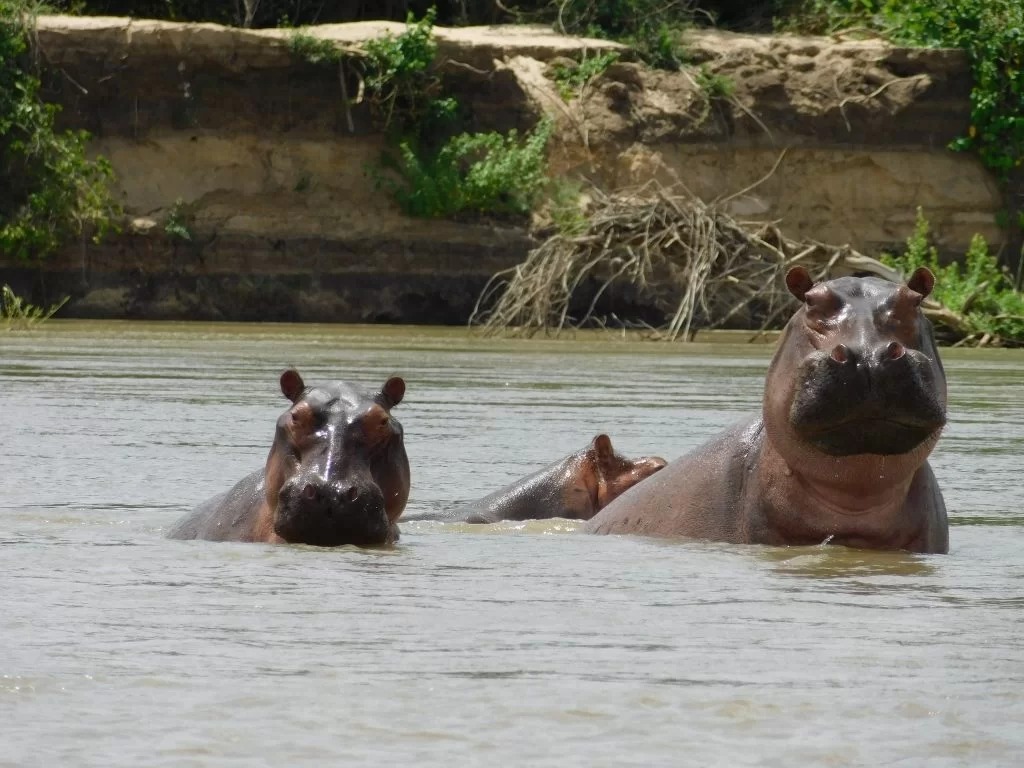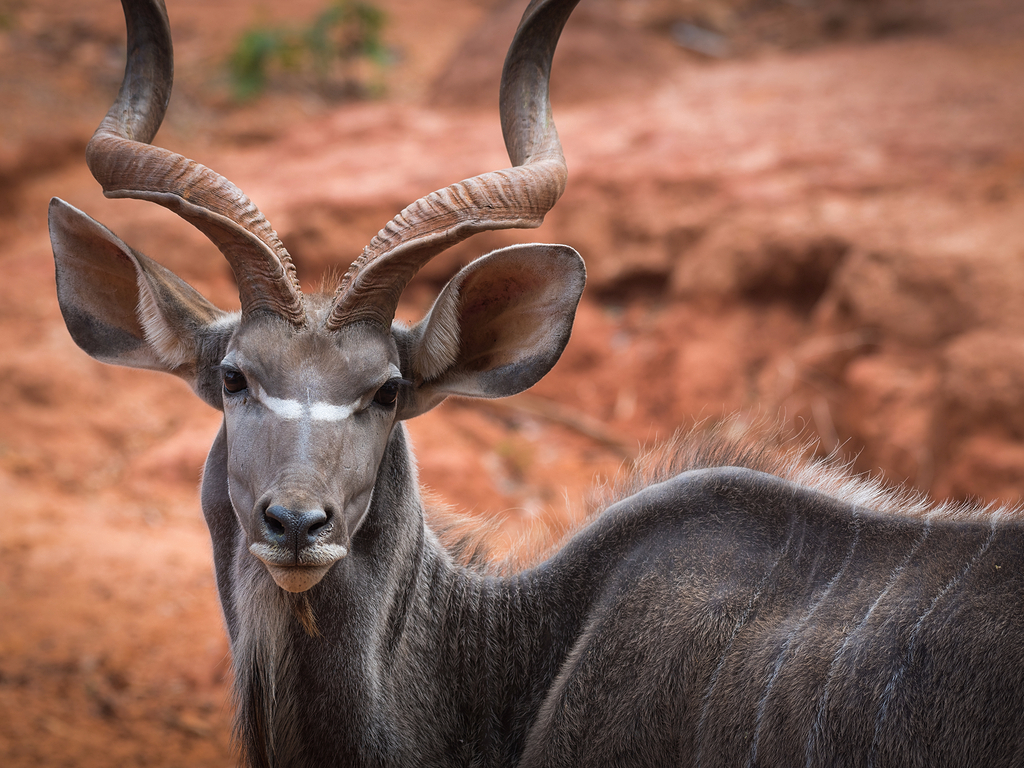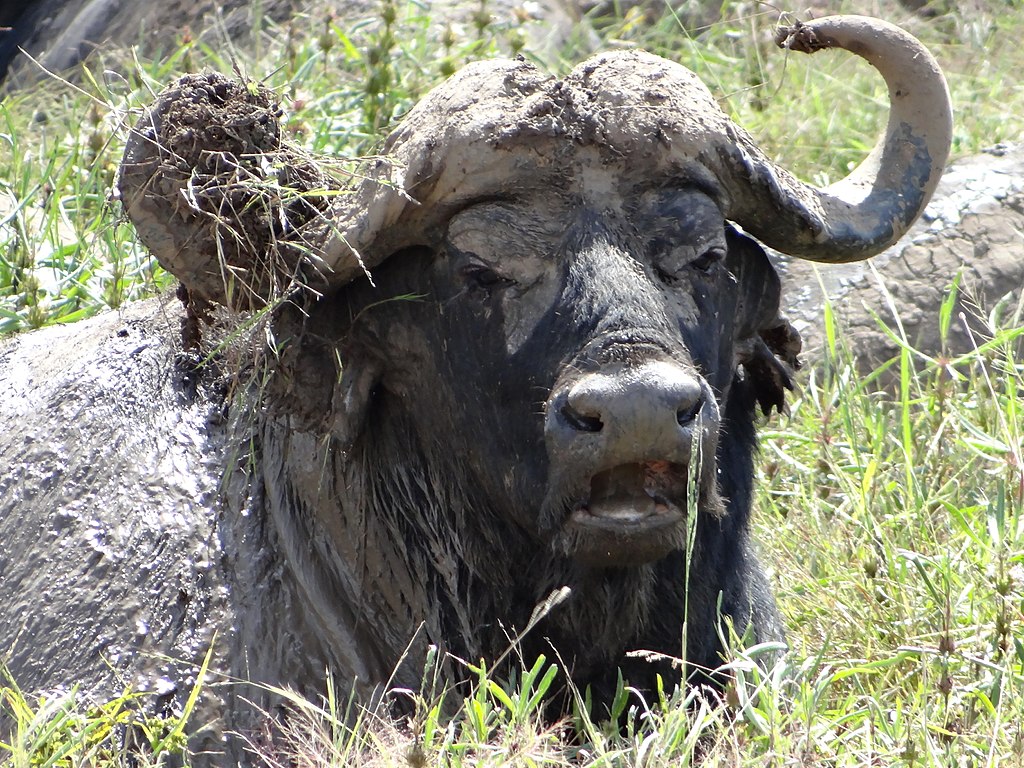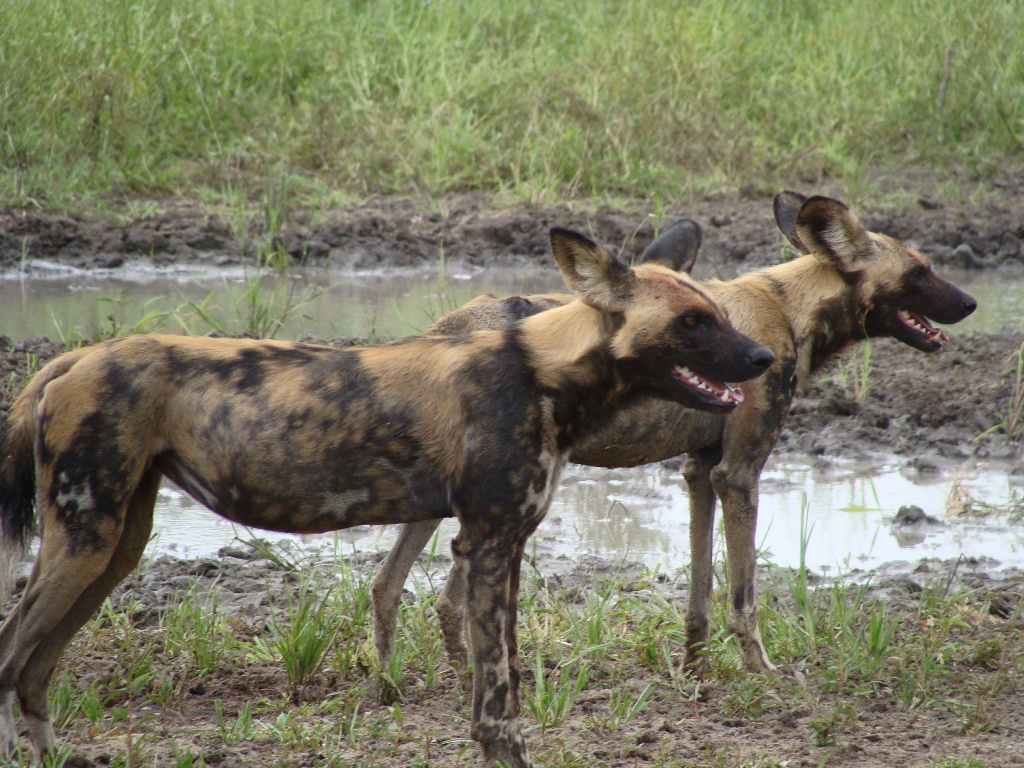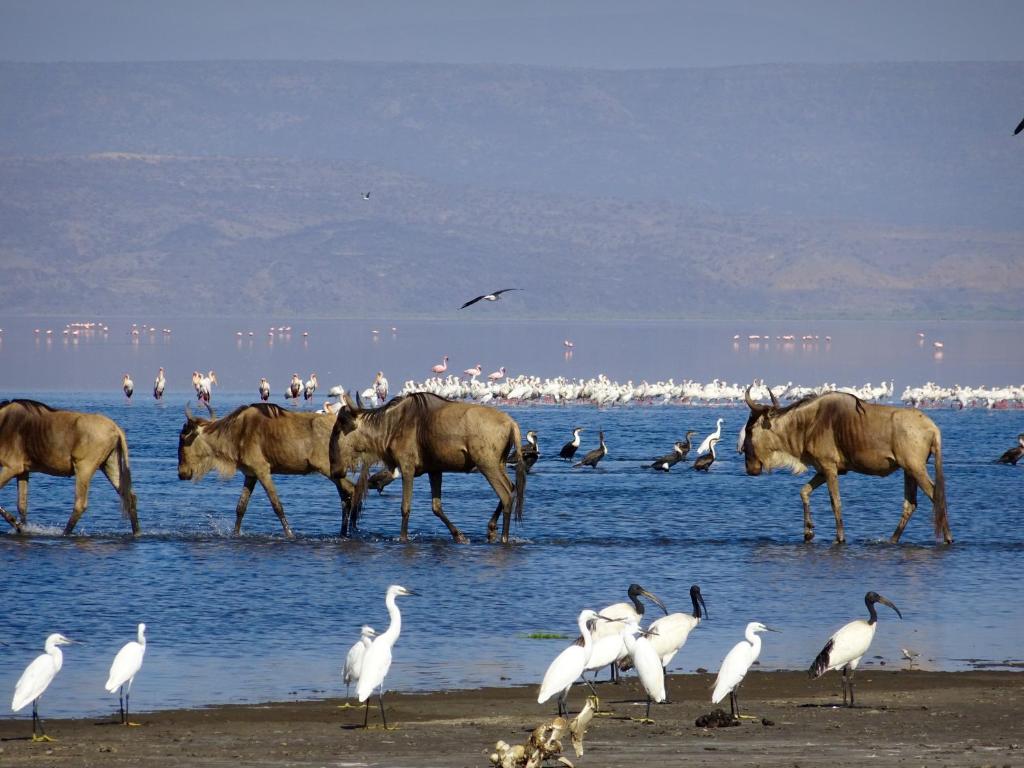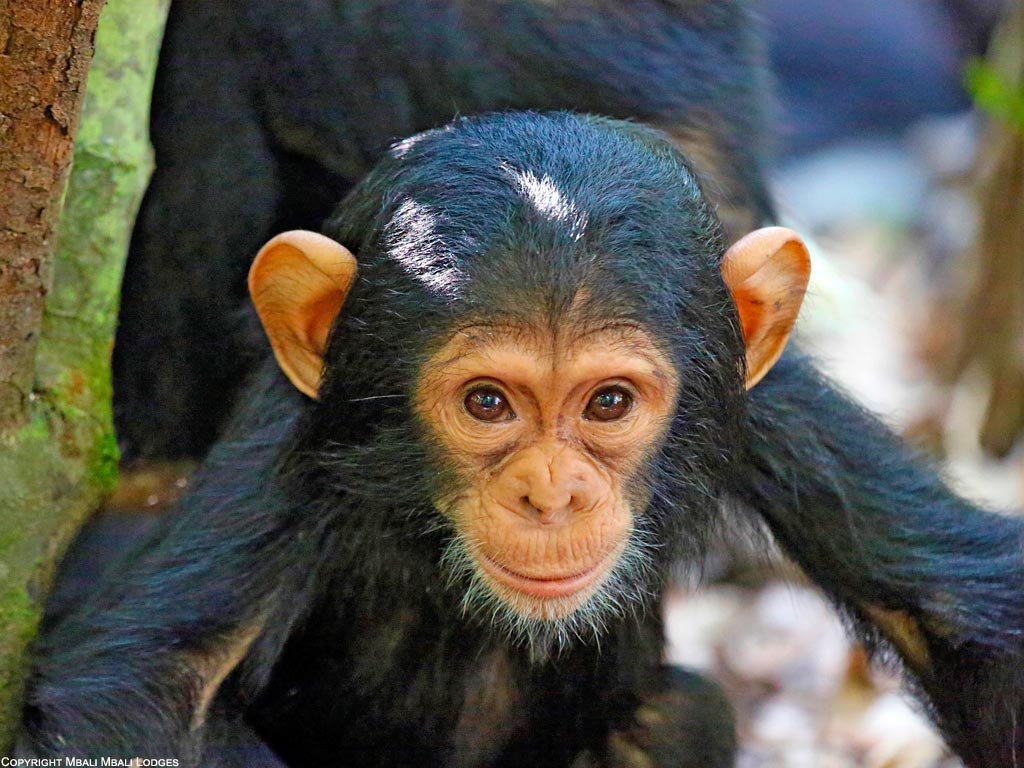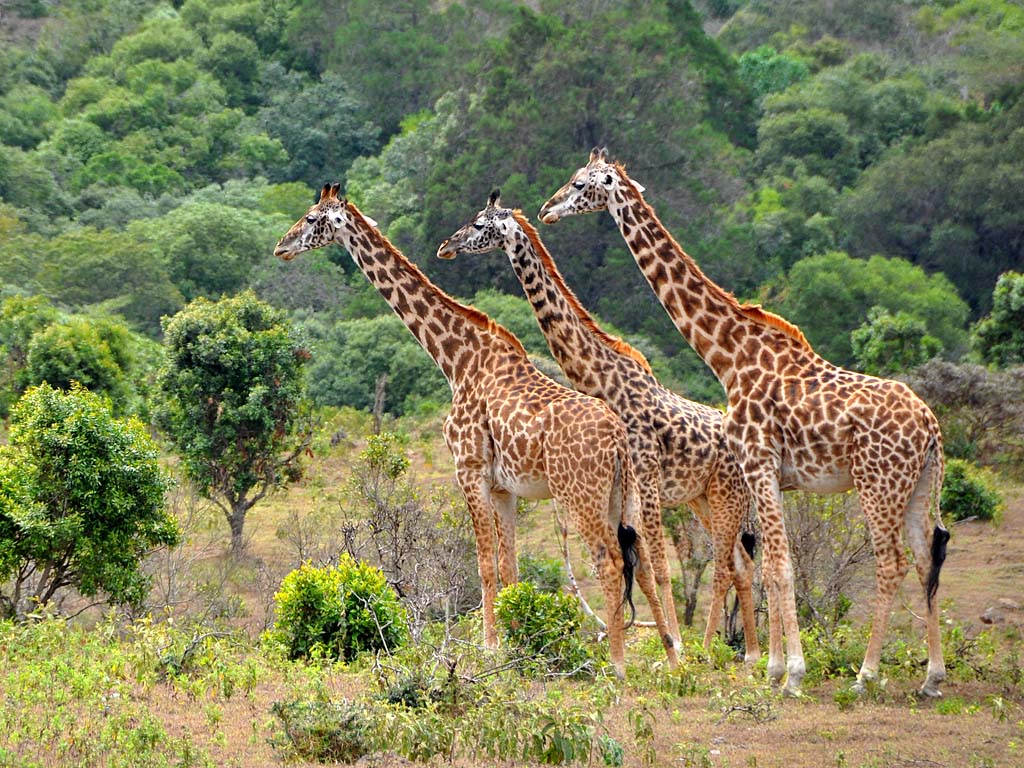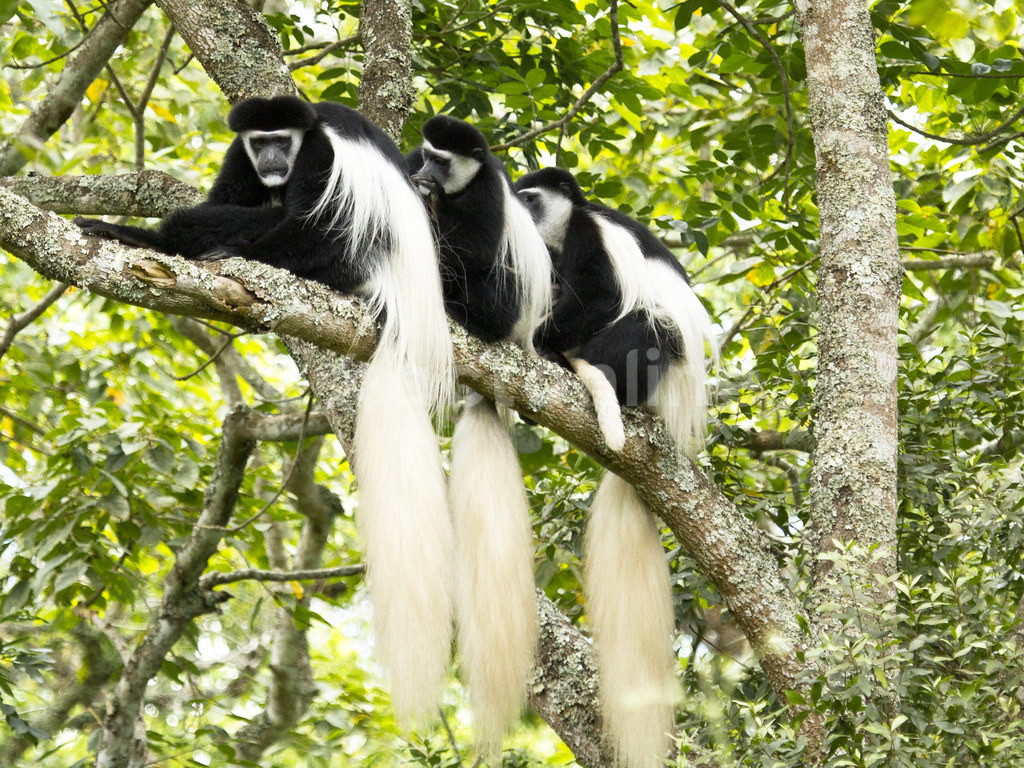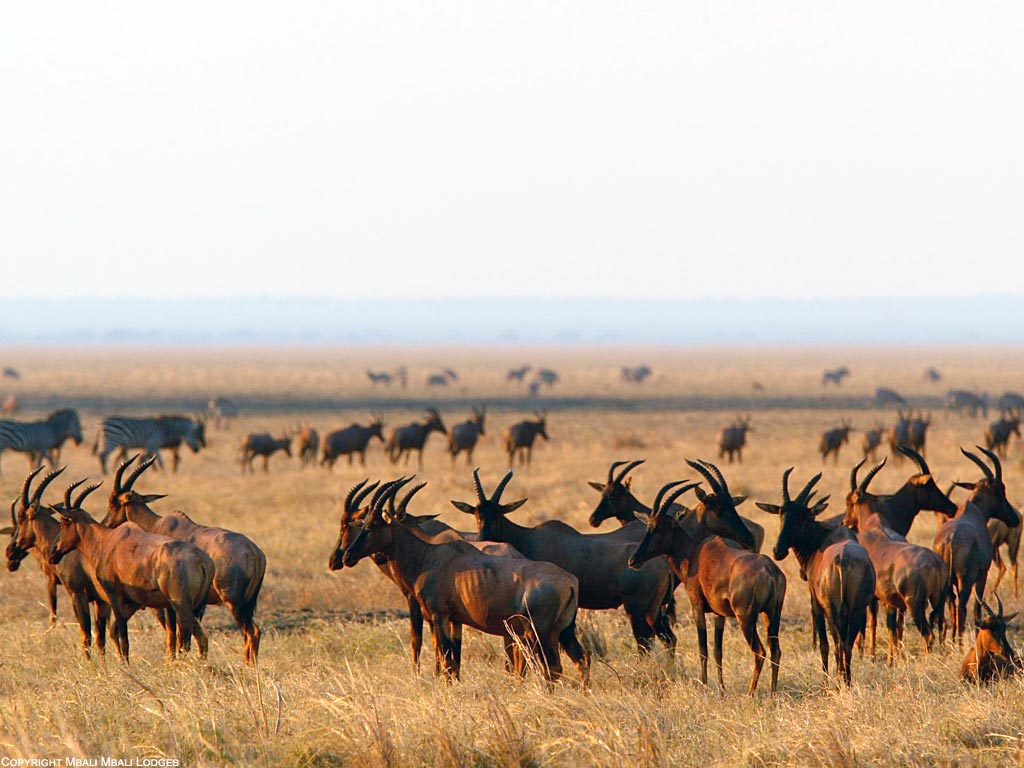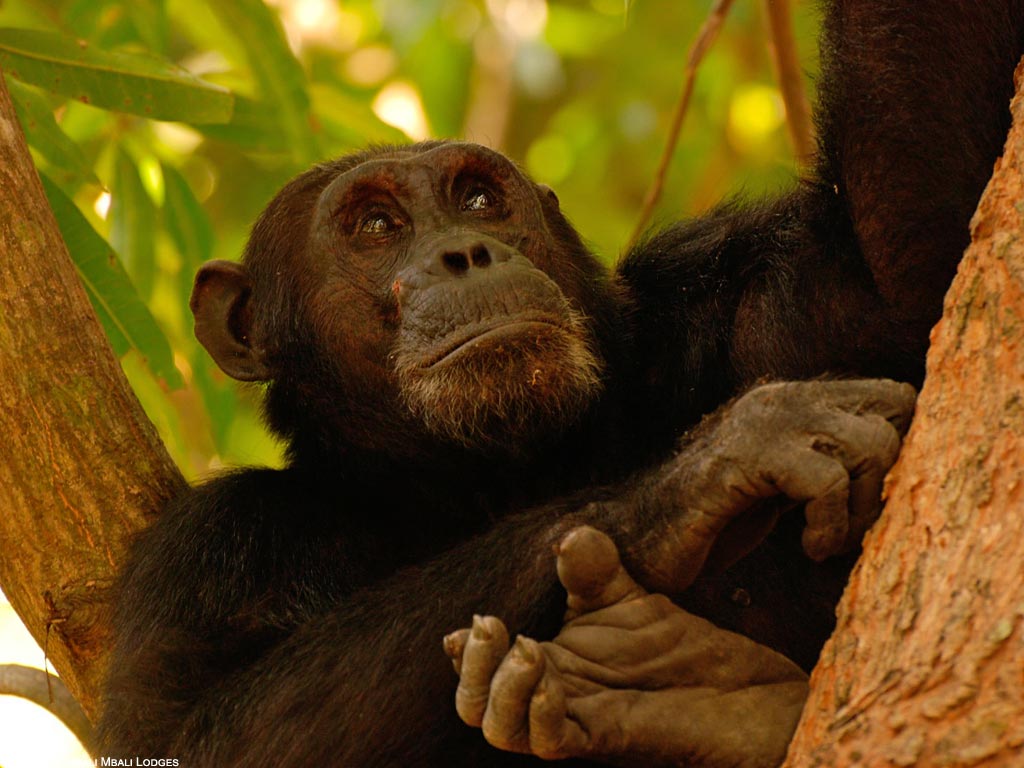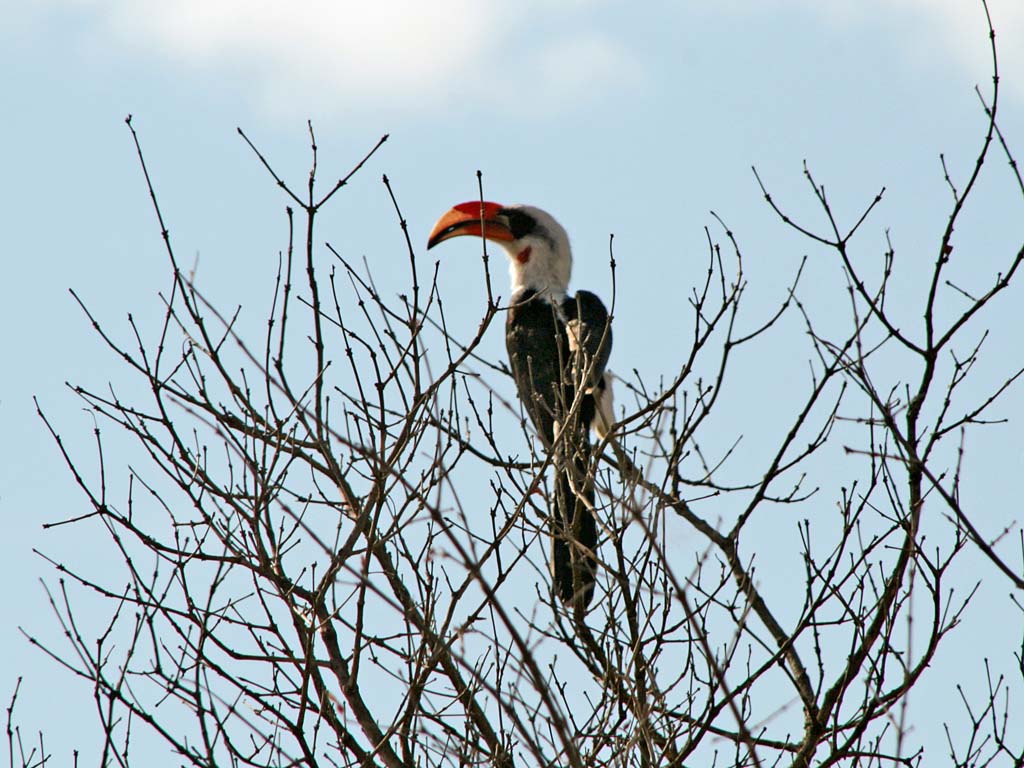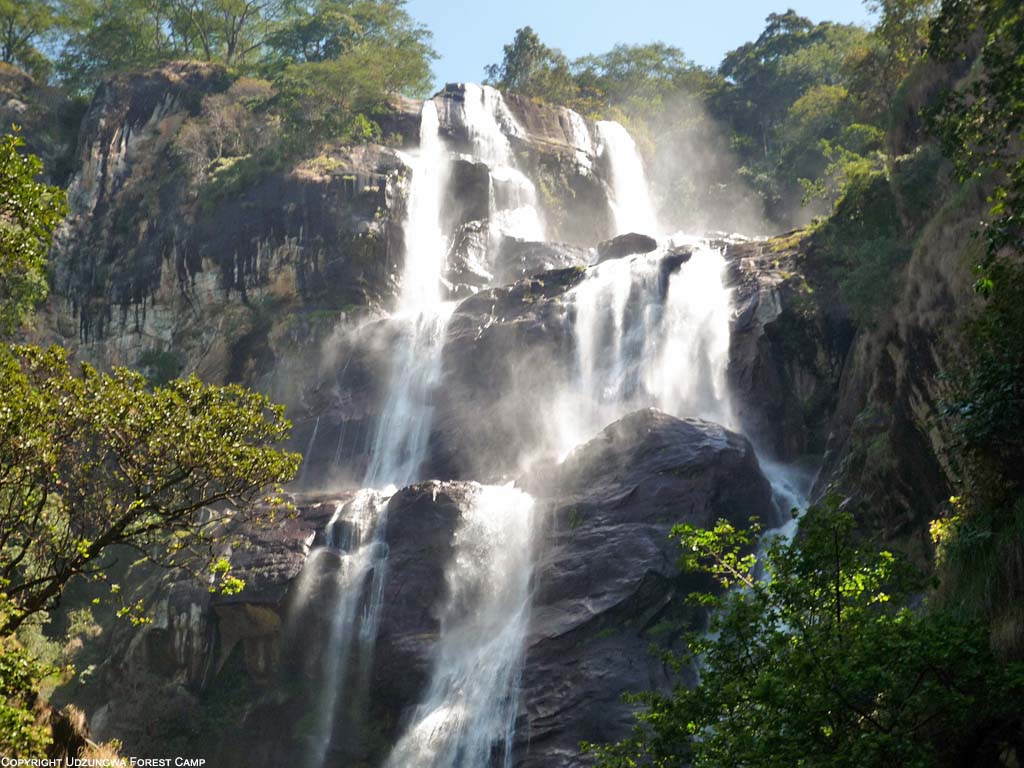Gombe Stream National Park is located on Tanzania’s western border and is easily accessible by boat from Kigoma, 16 kilometers to the south. Gombe Stream is one of Tanzania’s smallest National Parks, covering just 52 square kilometers and surrounded on the east by the top of the Great Rift Valley escarpment and on the west by Lake Tanganyika, the world’s longest and second deepest at 1400 meters.
The park’s vegetation includes everything from thick evergreen forests to open woods and meadows. The park’s chimpanzees, made renowned by Jane Goodall’s research, are its most unique feature.
Chimpanzees are one of the world’s most endangered animals, and they are the main tourist attraction of Gombe.
Forest animals, predominantly primates, such as baboons, blue monkeys, vervet monkeys, red-tailed monkeys, and red colobus monkeys, are also prevalent. Gombe Stream National Park is home to around 200 different bird species.
Gombe is Tanzania’s smallest national park, a vulnerable chimp habitat straddling the steep hills and river basins that enclose the sandy northern side of Lake Tanganyika.
Its chimpanzees, who have become accustomed to human visitors, were made renowned by Dr. Jane Goodall’s pioneering work, which began in 1960 with the establishment of a behavioural research program that is now the world’s longest-running study of its type.
Fifi, the matriarch of the original village, was just three years old when Dr. Jane Goodall first arrived in Gombe in 1958, and she died in 2004.
Chimpanzees and humans share 98 percent of their DNA, and no scientific knowledge is necessary to discern between the celebrity, powerbroker, and supporting characters’ distinct repertoires of pants, hoots, and screams. When you gaze into a chimp’s eyes, which are examining you in return, you could notice a glint of understanding — a glance of apparent recognition across the smallest of species borders.
Primates are the most noticeable among Gombe’s other animals.
A group of beachcomber olive baboons has been studied since the 1960s and is extremely habituated, whereas red-tailed and red colobus monkeys, the latter of which is routinely hunted by chimps, stay in the forest canopy. The park’s 200 bird species include the renowned fish eagle and the beautiful jewel-like hummingbird.
Peter’s twin spots saunter around the visitors’ center in a gentle manner. After nightfall, the lanterns of hundreds of little wooden boats bobbing on the lake like a vast metropolis add to the magnificent night sky.

